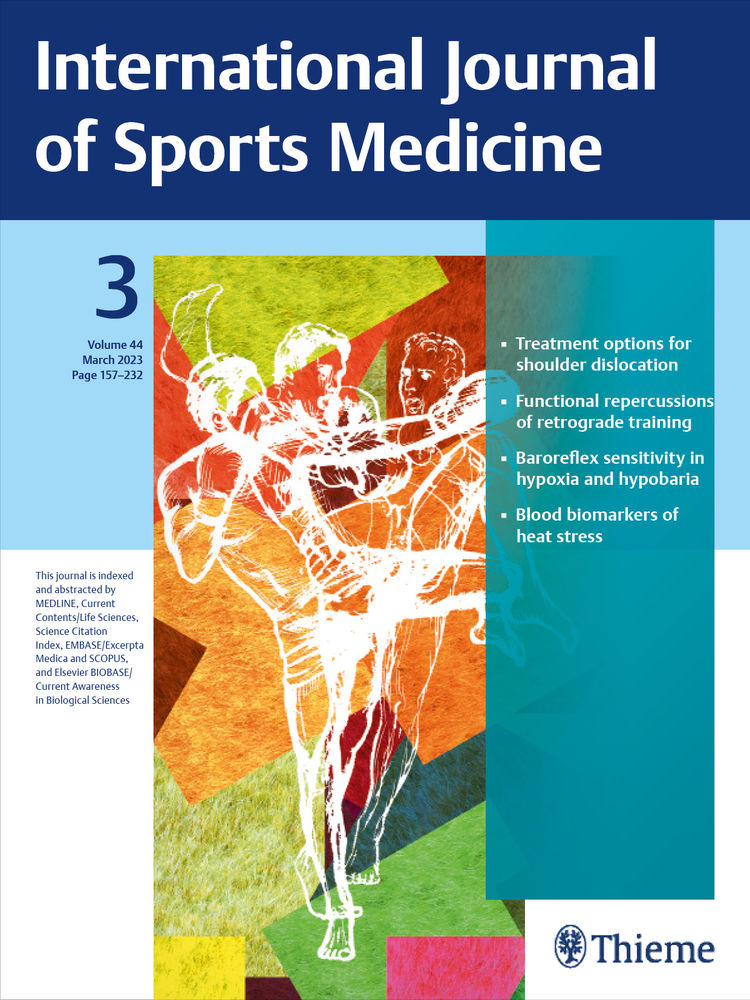Impellizzeri FM1,2, Rampinini E2, Castagna C3, Bishop D4, Ferrari Bravo D2, Tibaudi A2, Wisloff U5
1, Neuromuscular Research Laboratory, Schulthess Clinic, Zurich, Switzerland;2, Human Performance Laboratory, Mapei Sport Research Center, Castellanza, Italy;3, School of Sport and Exercise Sciences, University of Rome Tor Vergata, Rome, Italy;4, Team Sport Research Group, Facoltà di Scienze Motorie, Università Degli Studi di Verona, Verona, Italy;5, Circulation and Medical Imaging, Norwegian University of Science and Technology, Faculty of Medicine, Trondheim, Norway

Three studies involving 108 football players were conducted to examine the reliability of a repeated-shuttle-sprint ability (RSSA) test and its ability to differentiate between players of various competitive levels and playing positions. Study 1: Short-term reliability was determined in 22 professional players completing the RSSA test (6 x 40-m sprints with 20 s of recovery between sprints) on two separate occasions. Study 2: Long-term reliability (seasonal changes) was examined in 31 professional players completing the RSSA test four times (during the preseason period, at the start, middle and end of the competitive season). Study 3: 108 players were divided and compared according to competitive level or playing position. Standard error of measurement values expressed as coefficient of variation for RSSA mean time and best time were 0.8 and 1.3 % (short-term reliability) and 0.9 and 1.2 % (long-term reliability), respectively. The smallest worthwhile changes were 0.5 % for both mean and best time. Professional players showed better RSSA performance than amateur players, and defenders displayed the lowest RSSA performance. In conclusion, the RSSA test showed adequate construct validity but only RSSA mean time showed sufficient reliability to detect large training-induced changes but not small important differences.
Int J Sports Med. 2008 Nov;29(11):899-905.
PMID: 18415931 DOI: 10.1055/s-2008-1038491